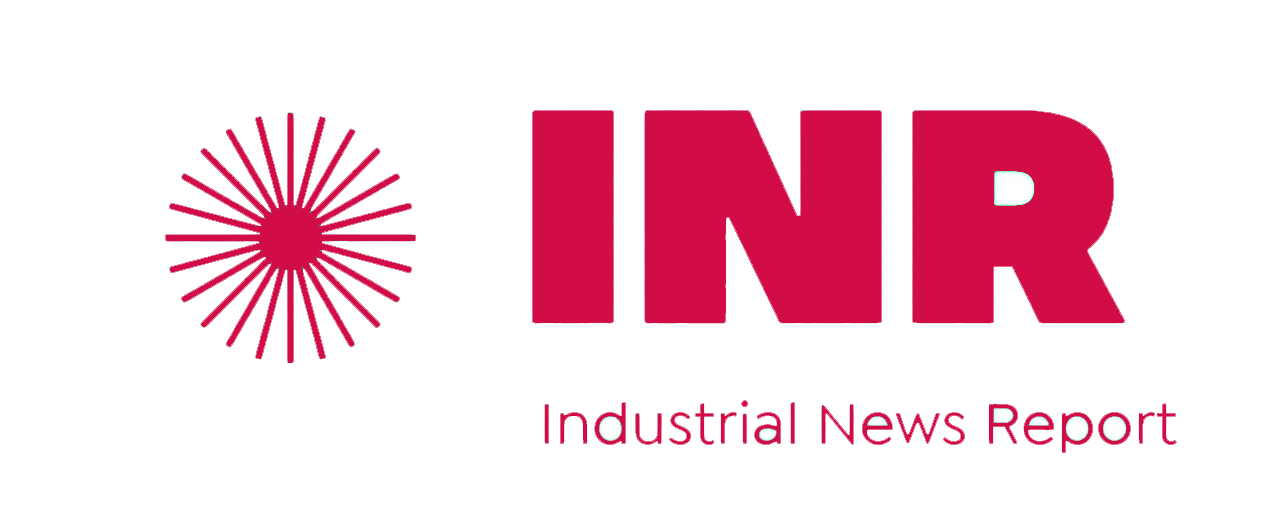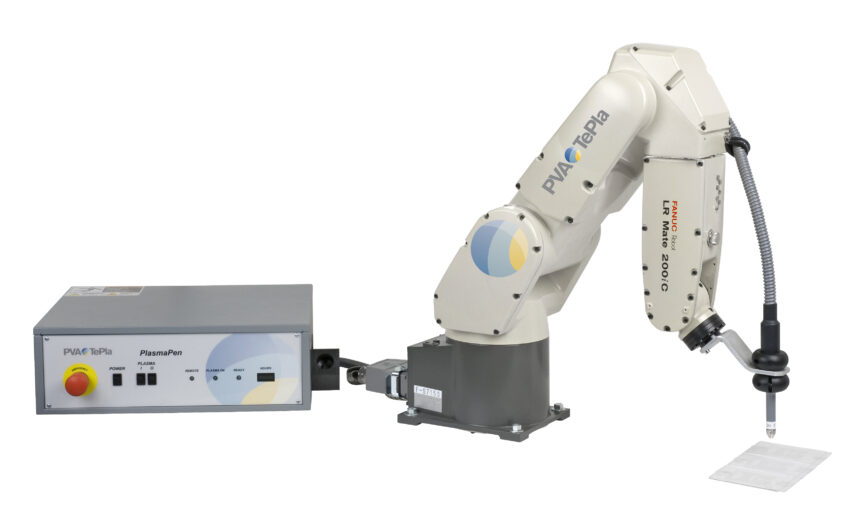Plasma pens are revolutionizing surface preparation in automotive manufacturing by improving adhesion and reducing failure rates. These compact tools use ionized gas under atmospheric pressure to modify surface energy and enable reliable bonding on metals, plastics, and composites. Unlike vacuum chambers, plasma pens operate inline, cost less, consume less energy, and are easily integrated into robotic systems.
Plasma alters a surface’s chemical and physical properties, making it hydrophilic and improving wettability, which enhances the spread and strength of adhesives. This is particularly critical in overmolding, electronics sealing, and bonding low-surface-energy materials like polypropylene and TPEs. The technology also enables the oxidation of plastic surfaces, removing contaminants and introducing polar groups that improve the adhesion of paints, inks, and coatings.
There are two main types of plasma pens: blown plasma and corona discharge. Blown plasma uses inert gases to create a neutral, directed plume that treats larger areas without damaging sensitive materials. Corona discharge offers more targeted treatment but is less suited to delicate substrates due to electrical discharge.
PVA TePla offers customizable plasma pens with cooling channels, adjustable plume size, and compatibility with multi-axis robots. This enables precise surface treatment at controlled angles and dwell times, improving adhesion without rework or solvents. Their RoboPen system integrates seamlessly into production lines, enabling scalable automation.
As automotive manufacturers advance toward lighter, digitally enhanced designs, plasma pens offer a scalable, efficient, and environmentally friendly solution for superior bonding and coating performance.
For more information, contact PVA TePla America at 800-527-5667, ryanb@pvateplaamerica.com, or visit www.pvateplaamerica.com

